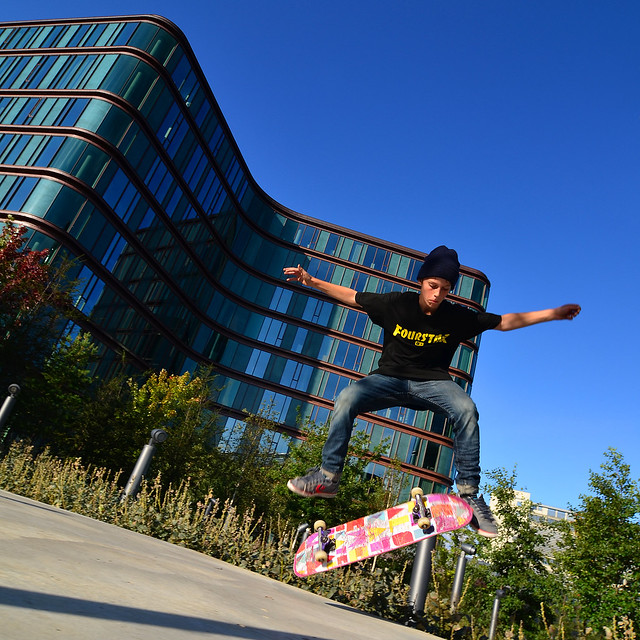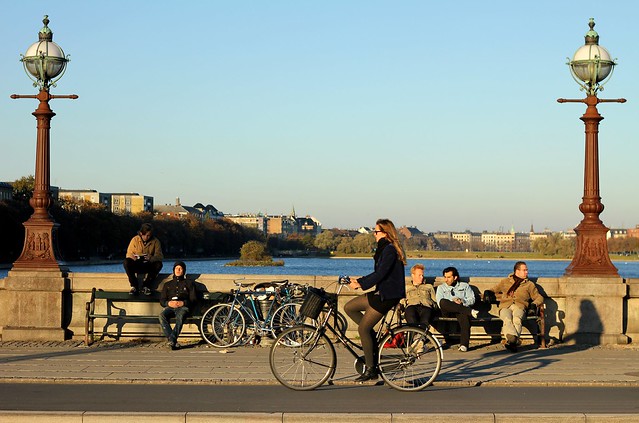Having made a short visit to Jakriborg on the way to Lund, I later arrived at my destination and atlas workshop site. In this post, I have directly copied the text from my analysis, since I believe it explains my thoughts and oppinions of the area quite clearly as it is.
Lund University's Faculty of Engineering is located in the north-western part of the Swedish college town of Lund. It was founded in 1961 and was planned after functionalist principles. The faculty consists of two large building complexes, which are designed to be dense on the vertical plane in order to take up little space of their site and thereby leave space for an open landscape. The open landscape created from the dense building has allowed for the creation of a park area west from the building complex and car-parking areas in the easr. In this case, the complex acts as a buffer zone between the pedestrian paths on the western side of the faculty and the motorized traffic on the eastern side. This buffer effect allos walking and cycling students to move freely and unbothered by the vehicles on the western side, while the motorized vehicles can move with greater ease on the eastern side.
Dense building was a way of planning that was typical for the time. This was done in order to use as little land of a site as possible in order to create large, open natural areas where inhabitants, visitors and workers could take walks and enjoy fresh, clean air. Such urban planning was a reaction to the often highly polluted and unsanitary European old-city areas during the time after the Second World War.
Despite the positive effect of creating harmony in the local traffic and a green belt for pedestrians and cyclists, the consequences of such planning are too great to justify the benefits. This is because of the enormous non-pedestrian, car-parking areas that would end up dominating the landscape of the site as a result of the planning ideologies of the time. The site as a whole illustrates how highly prioritized motorized vehicles were in urban planning during the first decades that followed the Second World War and the immeasurable landscape that was sacrificed in order to maintain this urban planning idealogy.
To make a comparison to the previous post about Helge's Jakriborg, my site is quite the opposite. It is a classic example of rationalistic architecture, where the different functions of the complex are divided in different zones and where motorized vehicles are a great priority compared to pedestrian recreational areas. I believe this should sum things up. It's been interesting to focus intensively on two different sites and their idealogies and create a comparison between the two. With all currently 34 students in my class having made such analysis of different sites throughout the Øresund region, we've taken our first step towards our contribution to the Copenhagen atlas. The 34 different sites are indeed greatly different from one another and paint a rather eye-opening picture of how different urban planning can be both historically and ideologically. Since we are currently still working on the next step of the atlas project, there are yet more updates on the atlas workshop to come in the near future.
- Andy Minchev

























